The violin, often hailed as the “king of instruments,” embodies a unique blend of elegance, versatility, and emotional depth that has captivated audiences for centuries. With its soaring melodies, rich harmonies, and expressive capabilities, the violin holds a prominent place in the world of classical music while also crossing over into a myriad of other genres.
Dating back to the early 16th century, the modern violin has undergone numerous refinements in its design and construction. Crafted from fine woods such as spruce, maple, and ebony, the violin’s iconic shape and intricate detailing contribute to both its aesthetic beauty and its resonant sound.
Central to the violin’s allure is its remarkable versatility. In the hands of a skilled performer, the instrument can evoke a wide range of emotions, from the tender sweetness of a lyrical melody to the fiery passion of a virtuosic solo. Its expressive capabilities are further enhanced by techniques such as vibrato, pizzicato, and sul ponticello, allowing for nuanced variations in tone and texture.
In the realm of classical music, the violin holds a revered status as a solo instrument, as well as a key member of the orchestra. From the breathtaking concertos of Antonio Vivaldi and Johann Sebastian Bach to the sweeping symphonies of Ludwig van Beethoven and Pyotr Ilyich Tchaikovsky, the violin plays a pivotal role in bringing these masterpieces to life.
Beyond classical repertoire, the violin has made significant contributions to a wide array of musical genres, including jazz, folk, blues, and contemporary pop. In jazz, virtuoso violinists like Stéphane Grappelli and Jean-Luc Ponty have pushed the boundaries of improvisation and expression, infusing their performances with a sense of spontaneity and improvisational flair.
In folk traditions around the world, the violin is a beloved instrument, weaving intricate melodies and rhythms that reflect the cultural heritage of diverse communities. From the spirited reels of Irish fiddling to the soulful ballads of Appalachian music, the violin serves as a powerful symbol of cultural identity and tradition.
But perhaps the most enchanting aspect of the violin is its ability to transcend language and culture, speaking directly to the heart and soul of listeners around the world. Whether performing in grand concert halls, intimate chamber settings, or bustling street corners, the violin’s timeless beauty and universal appeal continue to inspire and enchant audiences of all ages.
